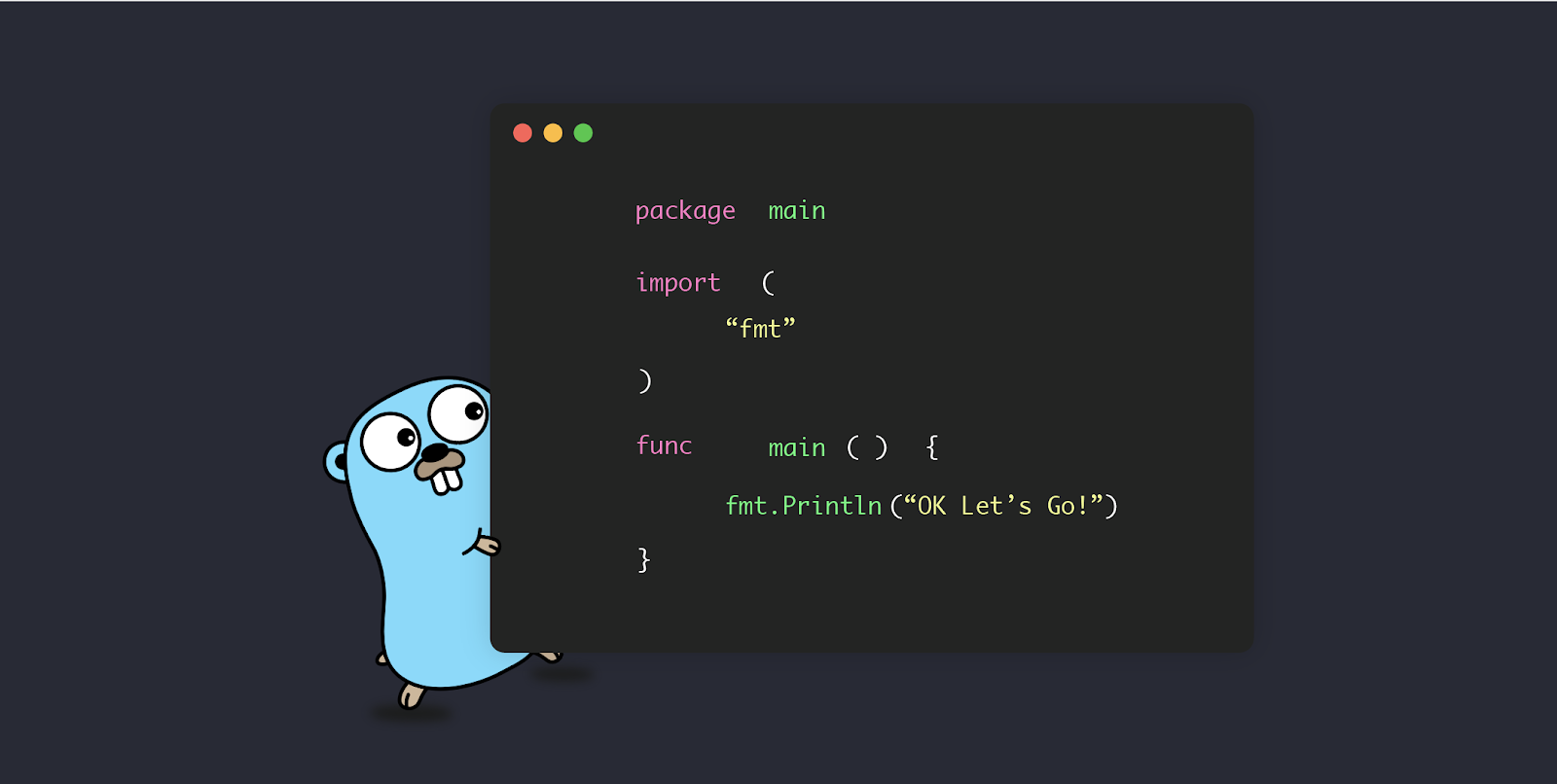Concurrency is a fundamental aspect of modern software development, enabling programs to perform multiple tasks simultaneously. In Go, channels are a powerful and elegant way to manage concurrent communication between goroutines. In this blog, we'll explore channels in Go, their definition, use cases, syntax, advantages, and best practices. Whether you're new to Go or a seasoned developer, this guide will help you understand and leverage the full potential of channels in your Go projects.
What Are Channels in Go?
A channel in Go is a built-in data structure that allows goroutines to communicate and synchronize their execution. Channels provide a safe and efficient way to exchange data between goroutines without the need for explicit locking mechanisms.
Channels have a type associated with the data they carry, making them a type-safe and predictable means of communication. They are used to send and receive data between goroutines, providing a point of coordination for concurrent tasks.
Syntax of Channels
In Go, you can create a channel using the make function with the chan keyword, specifying the type of data the channel will carry:
// Create a channel that carries integers
myChannel := make(chan int)You can send data to a channel using the <- operator, and receive data from a channel using the same operator:
myChannel <- 42 // Send 42 to the channel
result := <-myChannel // Receive data from the channelUse Cases for Channels
Channels in Go are versatile and find use in various scenarios, including:
-
Concurrency Coordination: Coordinating the execution of multiple goroutines by signaling the start or completion of tasks.
-
Data Sharing: Sharing data between concurrently executing goroutines safely, without the risk of data races.
-
Parallel Processing: Dividing a task into subtasks processed concurrently by multiple goroutines and aggregating the results.
-
Producer-Consumer: Implementing producer-consumer patterns for tasks like reading data from a source and processing it in parallel.
-
Pipeline Processing: Building data pipelines where multiple stages of processing are executed concurrently.
-
Event Handling: Handling asynchronous events, such as user input or external signals, in a responsive and non-blocking manner.
Advantages of Channels
Using channels in Go offers several advantages:
-
Synchronization: Channels provide a simple and safe way to synchronize goroutines, ensuring that they execute in the correct order.
-
Communication: Channels facilitate communication between goroutines, allowing them to share data and coordinate their activities.
-
Type Safety: Channels are type-safe, meaning they enforce data consistency by ensuring that only values of the specified type can be sent and received.
-
Conciseness: Go's channel syntax is concise and easy to use, reducing the complexity of concurrent code.
-
Built-in Select: The
selectstatement allows you to wait for multiple channels to send or receive data, enabling complex synchronization scenarios. -
Concurrency Control: Channels help control the number of concurrent tasks, preventing resource exhaustion.
Best Practices for Using Channels
To make the most of channels in Go, consider the following best practices:
-
Buffering: Use buffered channels when necessary to decouple senders and receivers, reducing synchronization overhead.
-
Closing Channels: Close channels when they are no longer needed to signal that no more data will be sent. Receivers can use the
okflag to detect channel closure. -
Error Handling: Handle errors returned by channel operations, especially when waiting for data or signals.
-
Use
select: Leverage theselectstatement to coordinate multiple channels, allowing for more complex synchronization patterns. -
Use
context: When using channels for goroutine communication, consider using thecontextpackage for managing the lifecycle of goroutines. -
Avoid Deadlocks: Be cautious of potential deadlocks by ensuring that goroutines are not waiting indefinitely for data.
Conclusion
Channels in Go are a powerful and elegant mechanism for managing concurrency and communication between goroutines. By understanding how to create, send, and receive data using channels effectively and following best practices, you can write concurrent Go programs that are safe, efficient, and responsive. Whether you're building web servers, data pipelines, or parallel processing applications, channels are an indispensable tool in your Go developer toolkit for achieving safe and efficient concurrency.
